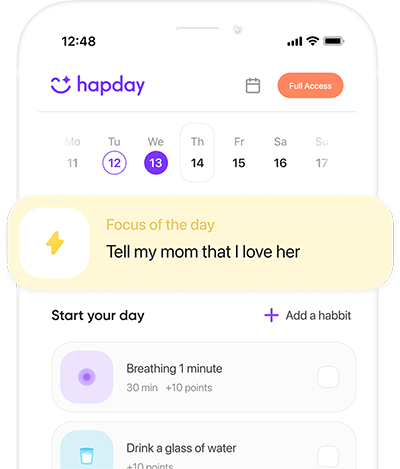Table of Contents
- Understanding Burnout
- 1. Prioritize Self-Care
- 2. Practice Mindfulness
- 3. Set Boundaries
- 4. Develop a Support System
- 5. Engage in Physical Activity
- 6. Practice Gratitude
- 7. Limit Technology Use
- 8. Seek Professional Help
- 9. Develop a Relaxation Routine
- 10. Reflect and Reevaluate
- Conclusion
Understanding Burnout
Picture this: you’re emotionally drained, you start feeling distant from your work or people around you, and, yeah, your achievements seem… nonexistent. That’s burnout in a nutshell. A piece from PLOS One even links it to some real serious stuff — depression, anxiety, heart issues, you name it. Pretty grim, huh?
1. Prioritize Self-Care
“Self-care”—a buzzword, right? But hear me out. You can’t pour from an empty cup. The International Journal of Workplace Health Management suggests squeezing in some regular love for yourself can work wonders on stress. Little things like a brisk walk, munching on some greens, or sinking into a soft pillow for enough Zzz’s work wonders.
2. Practice Mindfulness
Heard of mindfulness? No, it’s not just for yogis on Instagram. Being tuned into the now can really save your sanity. Research from the Journal of Occupational Health Psychology says it ramps up job joy. Meditation, anyone? Or maybe yoga — whatever floats your boat.
3. Set Boundaries
Setting boundaries? Easier said than done, I know. Yet, if you let work seep into home life without a barrier, burnout will be knocking at your door. Reminder from the Journal of Applied Psychology: learning the art of saying “no” and passing off tasks when you need to can be a game changer.
4. Develop a Support System
No one’s an island. Lean on your squad — friends, family, even that coworker who always has your back. According to the American Journal of Psychiatry, a robust support network acts like a safety net against stress. Seriously, just having a pal to rant to on a tough day can be a lifesaver.
5. Engage in Physical Activity
Getting moving, whoever’s idea it was, definitely had a point. Did you know the National Health Service endorses exercise as a powerful mood booster? Cycle, dance, or even skip — it’s all good for busting that nagging burnout fog.
6. Practice Gratitude
Gratitude can do wonders. No, really. The Journal of Positive Psychology showcases those who count their blessings generally feel better. Why not jot down a daily gratitude list? It’s like a mental detox, focusing on the silver linings instead of the cloud.
7. Limit Technology Use
In our always-on world, tech can be both friend and foe. Drowning in screens? Computers in Human Behavior warns us about the burnout trap of tech overuse. Try stepping back occasionally. A digital detox might just be the chill pill you need.
8. Seek Professional Help
Think burnout is overwhelming? Chatting with a therapist might be the golden ticket. The American Psychological Association suggests therapy is a proactive move. Coping strategies can make the difference between surviving and thriving.
9. Develop a Relaxation Routine
Have you found your go-to unwinding trick yet? Relaxation routines can be like hitting a reset button. Deep breathing, muscle relaxation, visualization — take your pick. Health Psychology research even points to lower stress hormones thanks to these techniques.
10. Reflect and Reevaluate
Last but not least, reflection is key. Taking a step back to rethink your goals? The Journal of Career Assessment says it’s an eye-opener for better job satisfaction. Sometimes, a fresh perspective is all you need for a fresh start.
Conclusion
Burnout — it’s a slippery slope, folks. These ten strategies? They’re more like a life raft. Prioritize some TLC for yourself, build those barriers like a pro, and don’t be afraid to lean on others. Remember, tackling burnout is a journey, not a quick fix. And isn’t life too short to be anything but balanced?
Need a little help on your journey? Find out more about crafting a balanced life with personalized insights over at Hapday. Go ahead, click it — your future self will thank you.

